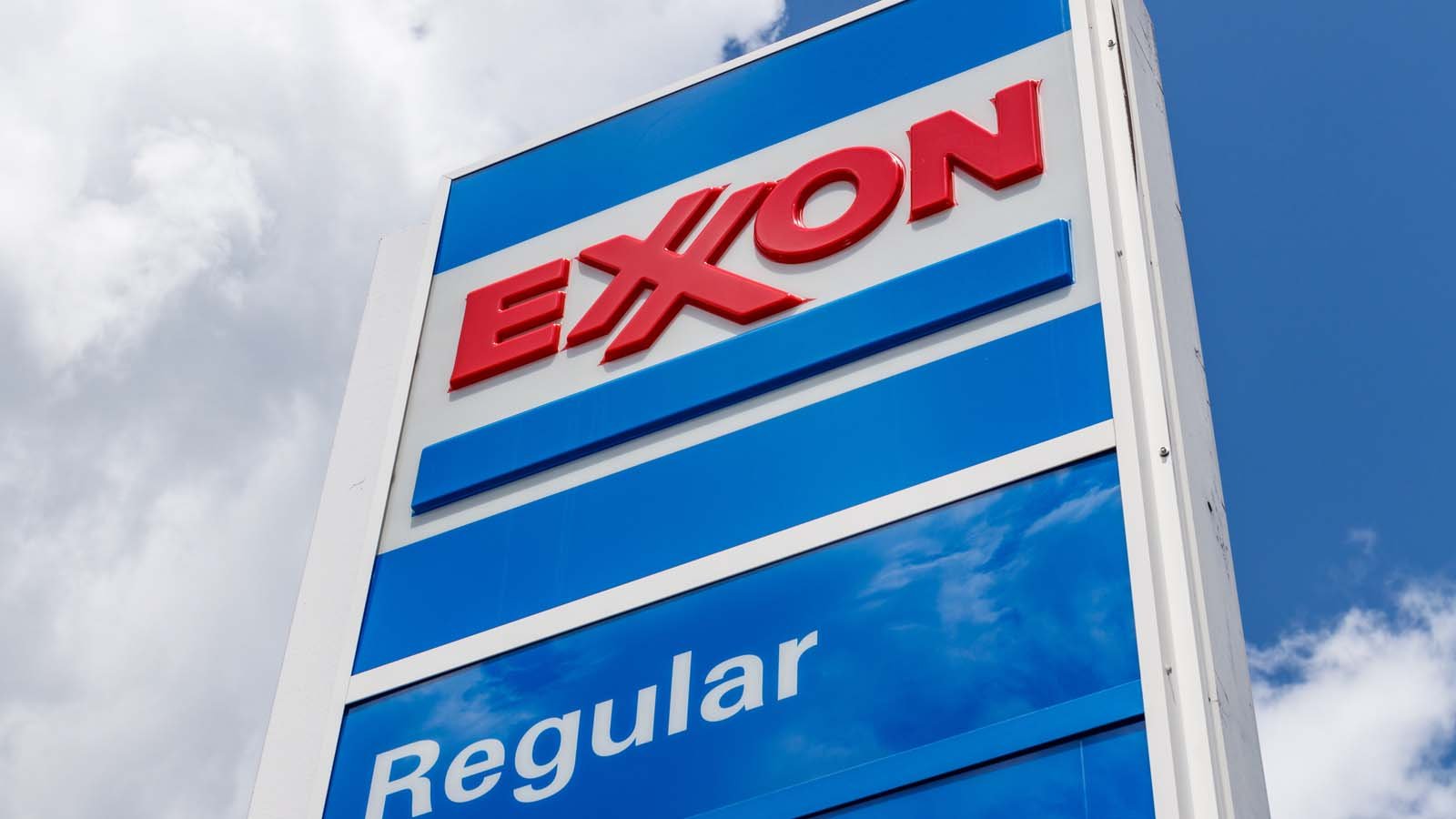Exxon Mobil (NYSE:XOM) raised its dividend for 37 consecutive years. That track record is seemingly as reliable as anything investors can expect on Wall Street. But in April, Royal Dutch Shell (NYSE:RDS.A)(NYSE:RDS.B) cut its dividend for the first time since 1945. Shell’s dividend cut should serve as a wake-up call to Exxon Mobil stock investors who believe its 7.3% dividend is invincible.

Since 2000, Exxon Mobil stock saw its dividend yield fluctuate mostly between 2% and 5%. It’s safe to assume that’s where management prefers it to be. However, Exxon Mobil stock is down 45% overall in the past five years, which has boosted its dividend yield in the worst possible way.
Investors want to see dividend yields rise due to payout hikes, not a slumping stock price.
Exxon Mobil Stock Fundamentals
There is no guaranteed way to determine when a stock’s dividend is at risk, but there are a few red flags to watch for. Start with the company’s fundamentals.
At this point, even XOM stock owners must admit the company’s fundamentals aren’t great.
Exxon’s forward earnings multiple is about 32.6, which is certainly on the high end for a company in a low-growth industry like oil and gas. It’s not surprising that Exxon’s PEG ratio, which factors in growth, is 2. A PEG above 2 is far from ideal.
Exxon’s debt is also a major concern. The company is carrying $46.9 billion in debt as of the end of 2019 but issued $9.5 billion in fresh debt in March to combat Covid-19. Fortunately, due to the company’s massive size, its debt-equity ratio is still reasonable 0.33. However, that ratio is up 67% in the past five years, a troubling trend.
The most recent quarter was a disaster for Exxon Mobil stock due to the collapse in oil prices and global travel shutdowns. Revenue was down 10.5%, net income was down 125.9% and net profit margins fell 129.1%. The first half of 2020 will almost certainly end up being an anomaly. But those numbers are still painful to see.
In the past five years, the company’s trailing 12-month net income, profit margin and revenue are all down between 22 and 52% overall.
Payout Ratio
While those fundamental metrics are concerning, the most important metric of all for dividend investors is payout ratio. The payout ratio is a stock’s annual dividend payout per share divided by its earnings per share. The ratio is a rough estimate of how much of a company’s profits are committed strictly to dividend payments.
Ideally, healthy dividend stocks will have payout ratios below 50%, but the lower the ratio the better.
Unfortunately, Exxon’s payout ratio based on trailing 12-month earnings is now 154.6%. Exxon is not expected to turn a profit in 2020. Therefore, its entire dividend payment this year will be funded by debt. Its projected payout ratio based on 2021 EPS estimates is 892.3%. In other words, for every dollar of profits Exxon earns in 2021, the company will pay out nearly $9 in dividends. It doesn’t take Warren Buffett to see this is a difficult model to maintain.
The Future for Exxon Mobil Stock
The problem with relying too heavily on financial metrics and projections these days is simply the massive amount of economic uncertainty. Exxon Mobil stock bulls would likely argue that analyst earnings projections for 2021 are simply much too low.
Exxon bull and Bank of America analyst Doug Leggate says investors should focus on Exxon’s recovery beyond the second quarter. “In a recovery, it will have the growth capacity to support rapid debt reduction not available to many of its peers,” he says.
He also says Exxon management is committed to the dividend. Exxon also has the near-term financial flexibility to stick to its word.
“If there is one stock to own through this downturn, we believe it is XOM, with what is now a sector leading dividend that pays investors to wait,” Leggate says.
Bank of America has a “buy” rating and $77 price target for XOM stock.
The Bottom Line
There’s no question that Exxon is in a tight spot given the challenging environment and secular pressures on fossil fuel. For now, management has said the dividend is safe. But investors must realize that Shell management was saying the same thing just a few months ago.
The current fundamentals suggest Exxon Mobil stock investors certainly shouldn’t take the dividend for granted. The key to Exxon’s ability to maintain its dividend over time will be how quickly and how much its fundamental picture improves in the second half of 2020 and beyond.
Wayne Duggan has been a U.S. News & World Report Investing contributor since 2016 and is a staff writer at Benzinga, where he has written more than 7,000 articles. Mr. Duggan is the author of the book Beating Wall Street With Common Sense, which focuses on investing psychology and practical strategies to outperform the stock market. As of this writing, Wayne Duggan was long RDS.B.
